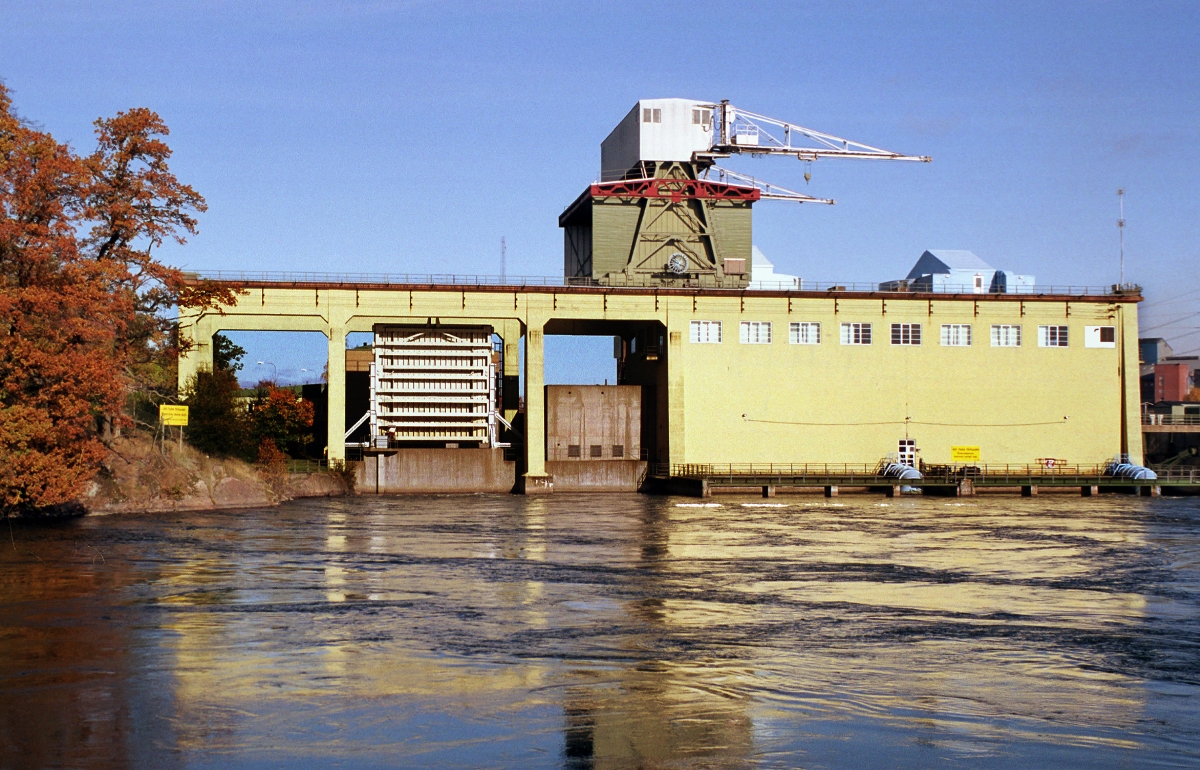Vargön
Facts
Water information

Construction of the Vargön power plant began in 1930. Initially, houses were built for the machinists and construction workers. These dwellings were demolished a few years ago, but the driveways and surrounding walls remain intact. After completion, the power plant was officially opened by King Gustaf V in 1934. In 1937, Vattenfall was granted a permit to regulate Lake Vänern. The Water Rights Court activated the permit in 1938, mainly because it wanted to avert the exceptionally high water levels which occasionally occurred.
The power plant originally consisted of two Kaplan turbines. In the 1980s a new turbine was added, which was put into operation in 1989.
The river Göta älv
The river Göta älv, where Vargön is located, originates in Lake Vänern, Sweden’s largest lake. The Göta älv carries the greatest volume of water of any river in Sweden. For centuries, it has been a major transport route, particularly since the construction of the Göta Canal.

